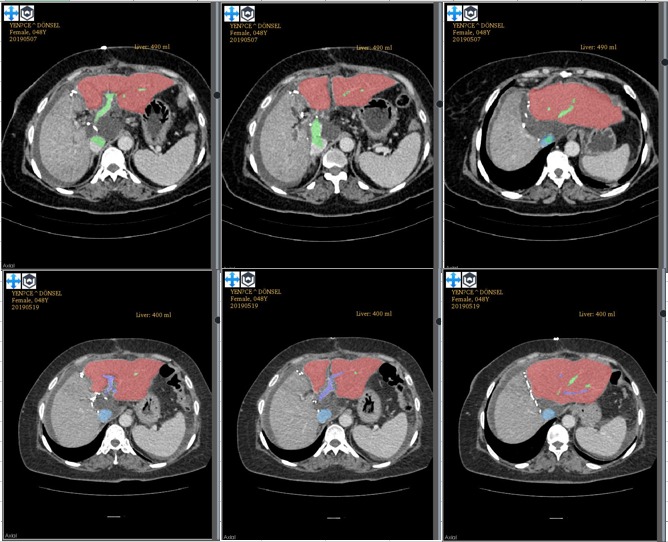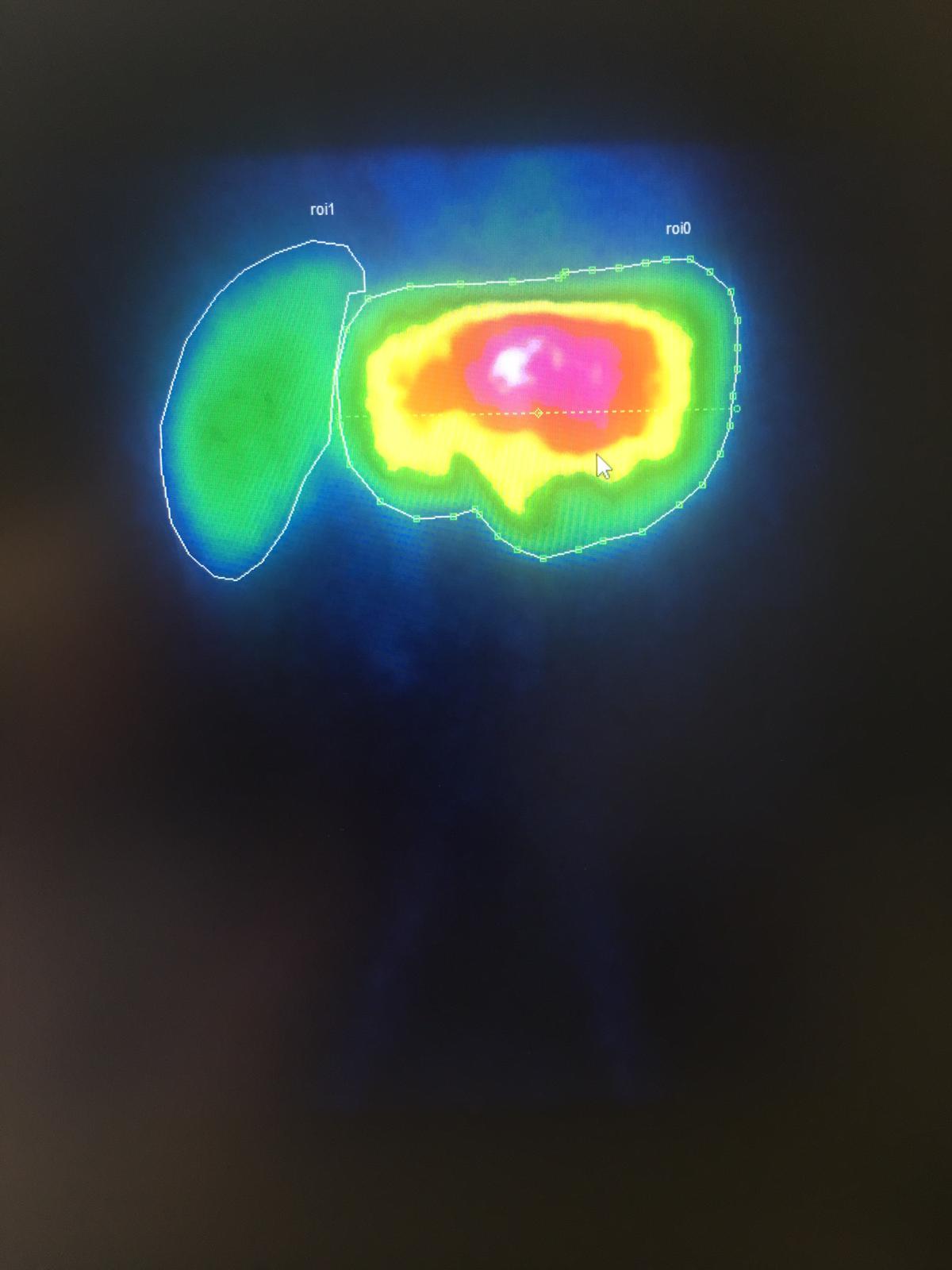Left Lobe Living Donor Liver Transplantation Using Rapid Procedure in a Cirrhotic Patient with Hepatocellular Carcinoma with a GRWR of 0.35
D. Balci1, O. Kirimker1, M. Kologlu2, U. Goktug1, E. Ustuner3, S. Karadag4, E. Er5, G. Cinar6, M. Bayar4, A. Yilmaz4, A. Azap6, K. Karayalcin1
1General Surgery and Transplantation, Ankara University, Ankara, Turkey, 2Pediatric Surgery and Transplantation, Ankara University, Ankara, Turkey, 3Radiology, Ankara University, Ankara, Turkey, 4Anesthesiology, Ankara University, Ankara, Turkey, 5Gastroenterology, Ankara University, Ankara, Turkey, 6Infectious Disease, Ankara University, Ankara, Turkey
Meeting: 2020 American Transplant Congress
Abstract number: D-123
Keywords: Hepatocellular carcinoma, Liver cirrhosis, Living-related liver donors, Safety
Session Information
Session Name: Poster Session D: Liver: Living Donors and Partial Grafts
Session Type: Poster Session
Date: Saturday, May 30, 2020
Session Time: 3:15pm-4:00pm
 Presentation Time: 3:30pm-4:00pm
Presentation Time: 3:30pm-4:00pm
Location: Virtual
*Purpose: Here, we describe a new approach using Rapid Procedure, a 2 stage hepatectomy technique, with living donor liver transplantation (LDLT) in the cirrhotic setting with hepatocellular carcinoma (HCC).
*Methods: The patient was a 49 yo woman, cryptogenic liver cirrhosis with jaundice was found to have 3 cm mass consistent with HCC. She was 88 kilograms with a BMI of 35. A PET scan showed no extrahepatic disease. In the first stage; a left lateral sectionectomy and orthotopic left lobe LDLT (305ml, 314grams) (GRWR:0.35) was performed with a hemiportacaval shunt formation(figure1). There was a linear graft volume hypertrophy; 400 m in 7 days then 490 ml in day 22, a 60% increase from original volume (figure 2) and hepatoscintigraphy showed a functional shift of more than 60% to the graft (figure 3)After an interval of 34 days; remnant diseased liver was resected, portacaval shunt was closed following splenic artery ligation in the second stage
*Results: The Patient was discharged 24 days after second operation. Currently, she is doing well 228 days after first stage with a functioning liver and no evidence of tumor recurrence.
*Conclusions: This operation potentially provides a timely curative treatment for patients with cirrhosis who has limited graft and donor options and shifting the risk to the recipient rather than the donor by harvesting a smaller graft using inflow modification techniques.
To cite this abstract in AMA style:
Balci D, Kirimker O, Kologlu M, Goktug U, Ustuner E, Karadag S, Er E, Cinar G, Bayar M, Yilmaz A, Azap A, Karayalcin K. Left Lobe Living Donor Liver Transplantation Using Rapid Procedure in a Cirrhotic Patient with Hepatocellular Carcinoma with a GRWR of 0.35 [abstract]. Am J Transplant. 2020; 20 (suppl 3). https://atcmeetingabstracts.com/abstract/left-lobe-living-donor-liver-transplantation-using-rapid-procedure-in-a-cirrhotic-patient-with-hepatocellular-carcinoma-with-a-grwr-of-0-35/. Accessed December 27, 2025.« Back to 2020 American Transplant Congress



